Church leaders from around the world gathered in Amsterdam this week to commemorate 500 years of their Free Church tradition, which began as a persecuted minority but has grown into the largest stream within Protestant Christianity today.
The starting point of this movement was not Amsterdam, but rather a little town called Zollikon just outside of Zurich in Switzerland in 1525. A band of believers, expelled from Zurich after conducting the first ‘believers’ baptisms’ in a private house, began reading the Bible and ‘breaking bread’ together in each others’ homes there. The Sermon on the Mount and the communal lifestyle of the early church inspired them to become a binding community of brothers and sisters in Christ.
The village experienced a revival, with over a hundred folk being (re-)baptised as believers. This was the first attempt in Protestant history to form a voluntary Christian community independent of the state.
For the Swiss reformer Ulrich Zwingli and the Zurich Council, this separation could not be tolerated. Unauthorised gatherings would fragment society, they argued, undermining all order and leading to anarchy. For the sake of social cohesion, it had to be suppressed.
Felix Manx, in whose house the first baptisms had taken place behind the Grossmunster in Zurich, was the first to be given the ‘third baptism’ – execution by drowning in the Limmat River, at the hands of Protestant church and city elders. As with the early church, however, persecution and martyrdom only caused the movement to go underground and spread rapidly. Interdependent, voluntary believers’ fellowships mushroomed in many Central and Northern European countries, particularly German and Dutch-speaking regions. While some expressions became extreme, a former Catholic priest from Friesland named Menno Simons (1496–1561) gave the movement more balanced leadership.
Refuge
Even before Amsterdam embraced the Reformation, religious refugees found refuge in the climate of tolerance there, particularly followers of Menno Simons. These Mennonites would play a significant role in the city’s economy and society over the following century. Many engaged in shipbuilding, sail making, rope making, leather tanning and textile production, including silk, weaving, dying, and bleaching. Some pioneered technological advancements, such as windmill technology and water engineering. Others became wealthy international merchants, involved in trade routes that stretched from the Baltic Sea to the Atlantic, and even to Africa and South America.
When in 1578, Amsterdam did choose to join the Dutch Rebellion against the Catholic Spanish rulers, Calvinists dominated the church scene. All other streams – Catholic, Lutheran, Remonstrants (a Dutch movement embracing ‘free will’) and Anabaptists – were allowed to worship in buildings disguised as warehouses or stately merchant houses, without steeples or usual church architecture. These clandestine churches later became known as schuilkerken (hidden churches).
The Singelkerk, where last week’s gathering began, is a classic example. From the outside, no one would guess that behind three house facades lay a large sanctuary with two levels of balcony and seating for 350 worshippers. The two hundred international Baptists and Mennonites attending the Believers Church Conference were easily accommodated. In Amsterdam’s 17th century heyday, the Singelkerk was a key hub spreading Anabaptist ideas through trading routes to many other regions.
Two English religious dissidents, John Smyth and Thomas Helwys, who fled with the Pilgrim Fathers to Amsterdam in 1609, were influenced by Mennonite teaching on believers’ baptism and began the first Baptist gatherings. While Smyth stayed in Amsterdam, Helwys returned to England to start the first Baptist churches there. He would soon die in prison for his efforts.
Largest
Helwys, and fellow Baptists Richard Overton and Roger Williams, became pioneers of religious freedom and human rights on both sides of the Atlantic. Voluntary church membership, believers’ baptism, separation of church and state, religious liberty and congregational governance were principles considered radical and even heretical in the 16th century, but now describe features of the largest stream within Protestant Christianity today.
Baptists and Mennonites were later joined by Moravians and Methodists, the Salvation Army, the Plymouth Brethren, various Evangelical streams and eventually Pentecostals, in the voluntary, free church tradition.
World Christian Encyclopedia describes a growth of the Pentecostal/ Charismatic movement from 58 million in 1970 to 635 million in 2020; and of Evangelicals from 112 million in 1970 to 386 million in 2020. Now swelling to a billion, this Free Church tradition has today grown second in size only to the global Catholic community of 1.4 billion. It is the most globally dynamic Christian stream, growing most vibrantly in Africa, Asia and Latin America.
This stream now far outnumbers the Orthodox world (including Eastern Orthodox, Oriental Orthodox and Assyrian Church of the East, totalling up to 260 million) and ecumenical Protestantism (up to 300 million) added together!
From a small group of persecuted dissidents in Zollikon, it has become the new mainstream!
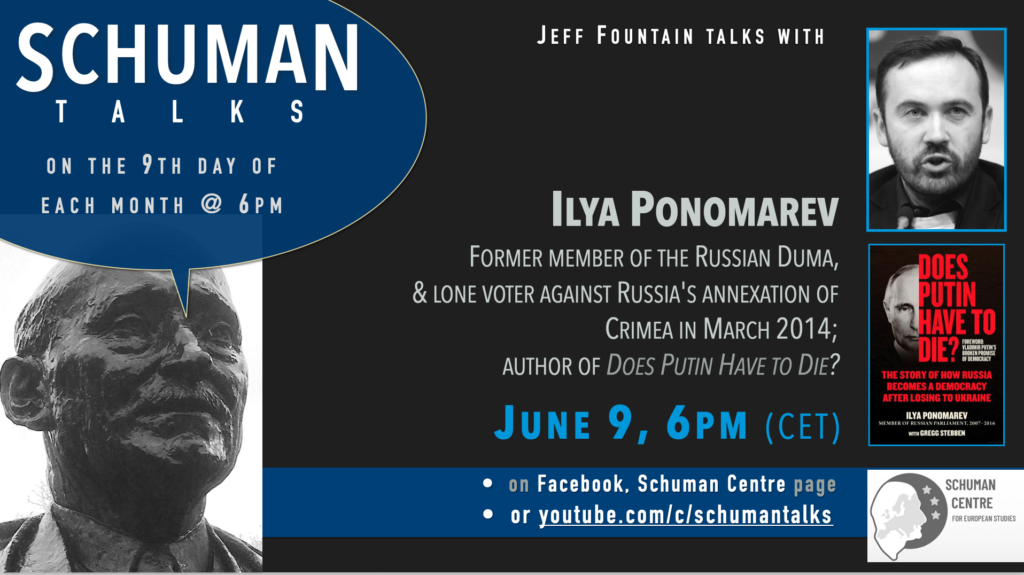
Till next week,
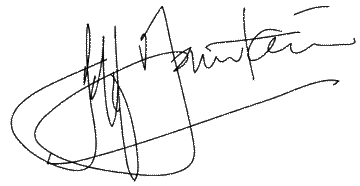
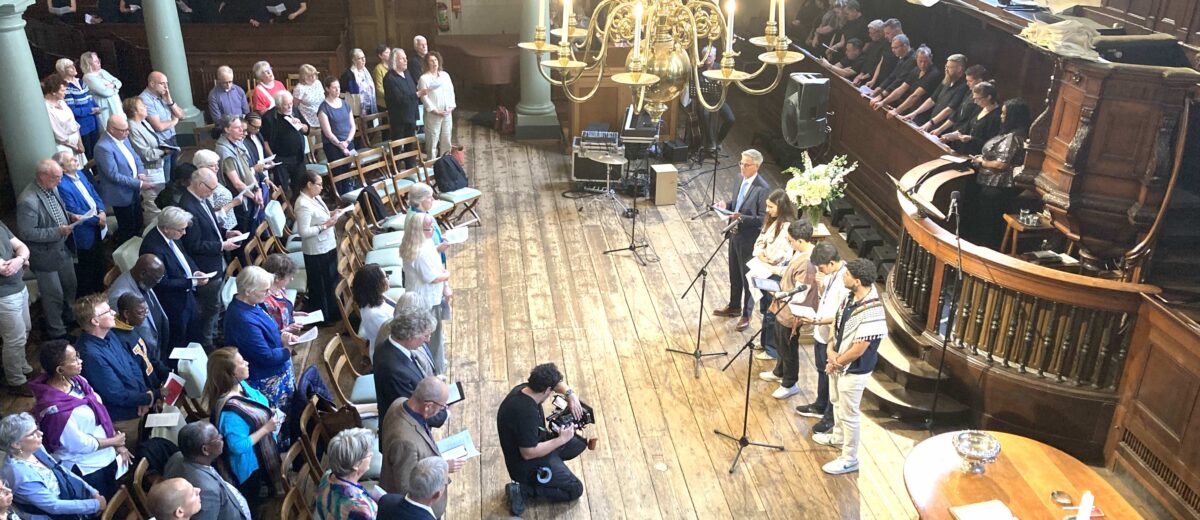
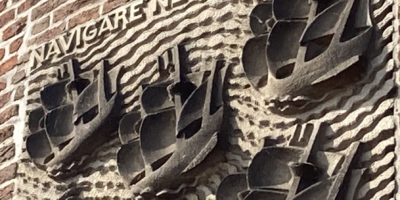
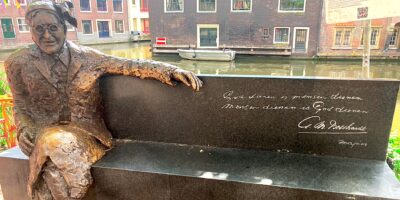
[…] La nueva corriente dominante – Jeff Fountain – Weekly Word […]
[…] La nueva corriente dominante – Jeff Fountain – Weekly Word […]